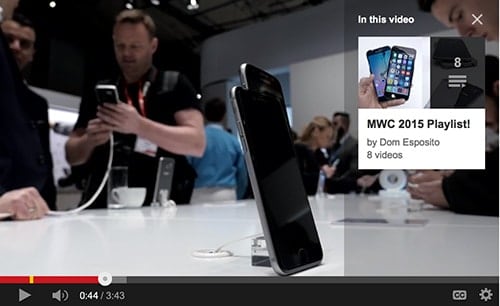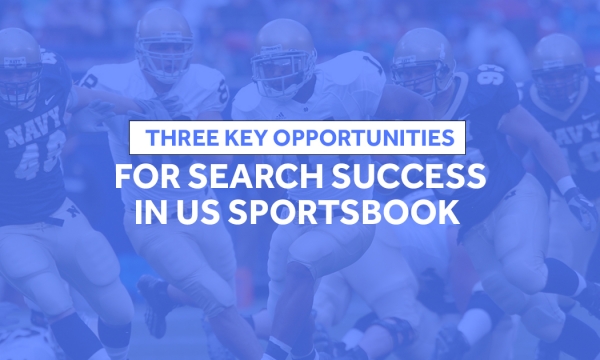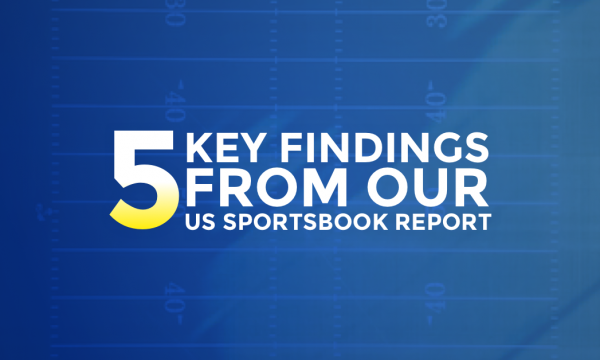Before you start to panic though, it’s not as bad as people are making out.
Yes, YouTube has removed the option for adding “Links with YouTube cards” and “associated Links in End screens” for all channels whether you had previously set this up or not, however all legacy content will remain clickable, links in descriptions still work, and there is a fairly straight forward way to reactivate this ability by joining the “YouTube Partner Program” – but even this comes with a catch!
But first let’s look at what YouTube is doing and why?

Over the past year YouTube has been tinkering with their platform both for external embedding and onsite video viewing.
Tailoring and optimising the player experience with some more interactive and engaging “post video” actions, in a bid to unify their viewing experience across multiple view devices, on all browsers, and with a focus on reducing post video bounce rates.
Their aim (much like any streaming video service) is ‘engagement retention’ on their platform, and returning viewership through subscription.
The update is aimed at evaluating the validity of all channels using an external link feature in their videos, to curb the link abuse employed by many rogue publishers.
So what’s changed?

About a year ago, You Tube removed their old annotations options, replacing all future video content with mobile enabled “YouTube end screens”.
These templatable sections, can be applied to videos in the last 20 seconds of play, allowing the viewer to:
- View another “publisher curated” video, playlist or channel (rather than only relying on algorithmic suggestions)
- Click offsite to a 3rd party associated site (supporting blog materials, conversions or downloads)
- Or subscribe to the channels’ future content.
This is also coupled with the introduction of the “YouTube Card” – which is a timeline dependent notification, which can appear at any point during the video – offering a variety of engagement suggestions like:
- Related videos / playlists
- Other Channels
- Donations (through "Network for Good" or "Charitable Giving”)
- Polls
- And associated offsite links
Sounds great but…

YouTube (and especially Google) are very adept at; launching products to the community, analysing results and iterating to suit their own goals without telling anyone, and this is exactly what’s happening here.
Brands, Vloggers, News producers, and even small Content publishers have been using these product abilities in amazing ways. From product focused advertising notifications, to creator funding and community engagement.
This alternative engagement therefore periodically draws viewers away from YouTube’s onsite platform, either to allow brands to convert, or publishers to achieve a slightly better financial reward (Patreon) for their digital efforts than perhaps YouTube was offering in the advertising affiliation or subscriptions.
Its clear YouTube wants a captivated and local audience, with viewers remaining onsite for as long as possible, and YouTube alone controlling the revenue share with publishers by its own service (advertising) and its premium YouTube RED services.
Is YouTube forcing the ‘Monetisation’ switch?

Turning monetisation on, means your videos will include; on site display ads, overlays, and algorithmic sponsored ads, with all ads displaying onsite as well as wherever the videos are embedded. This is great for vloggers and small content publishers (even if the split seems a little one sided), however most brands do not want to monetise their own creative content, as they are unable to control the algorithmically determined content within the adverts and run the risk of competing brands showing adverts or worst still controversial or extremist content being displayed on their own site through embedded videos.
YouTube will ask you to turn on the monetisation switch, and sign up (channel by channel) to an AdSense account, however once this has been done brands can turn monetisation off again in the “default upload” section of their accounts. So, if you can turn it off again, why are they doing it?
YouTube has introduced their ‘Partnership program’, which is essentially, a curated look at both a user’s channel, and their choice of legacy external links to determine whether the channel is valid and the content adheres to the revised Google content and advertiser policies.
The slightly weirder question here though, is why does Google repeated create this kind of backlash to their program updates by saying “enable monetisation” in order to sign up for a “partnership program”?
Why not bypass the monetisation screen and ask users to sign up to the partnership program and leave monetisation out of the conversation. Why not set a time limit for brands, publishers, and vloggers to sign up (or lose their external linking ability) instead of cutting it off for everyone without any warning, and avoid the bite of the internet every time they change something. Perhaps a question for another day…
How do we get the links back?

Well, it will take about a week, and if you channel is in ‘good standing’ with the community, and your content is regular, you will get your links back, without too much fuss. Simply, follow the link to your ‘enable monetisation’ L page, sign up for the AdSense account (per channel – annoying L) and within a week YouTube will validate and turn the ability back on. However…
This is not as simply for; smaller publishers, brands looking to optimise or refresh their YouTube channel, or publishers just starting out. As all channels need to have a legacy (channel) view count of 10000 before they are eligible for external linking.
This means, vloggers cannot earn any money through affiliate funding support (with on video links), brands cannot add links to conversion, and new channels will have minimal impact from an SEO and engagement standpoint until they reach this magic number.
Brands looking to refresh and optimise the way they handle VideoSEO and content deployment, need to take this into account when looking at a global repository for their onsite and social video content.



